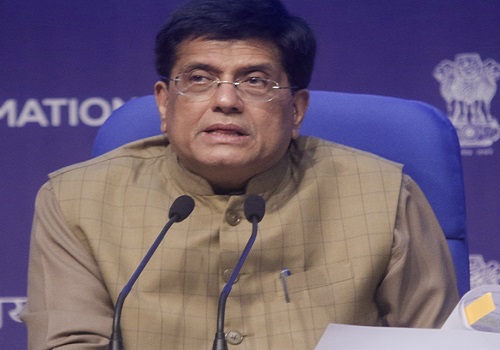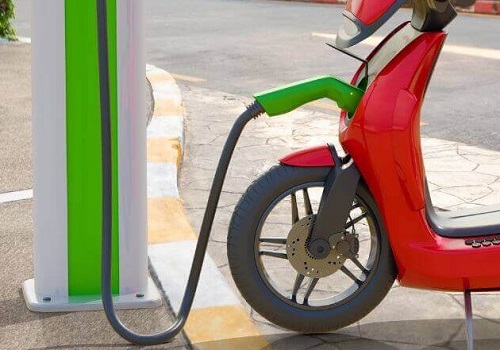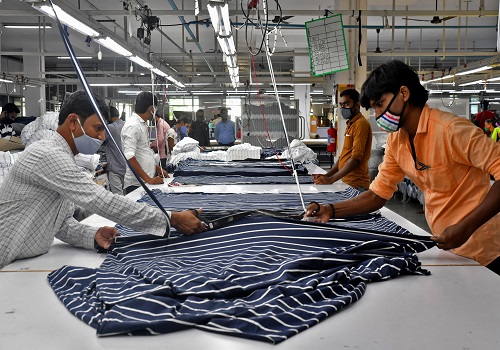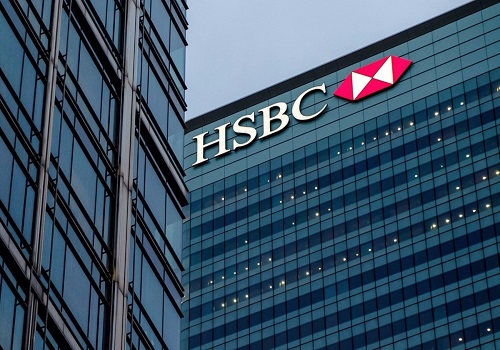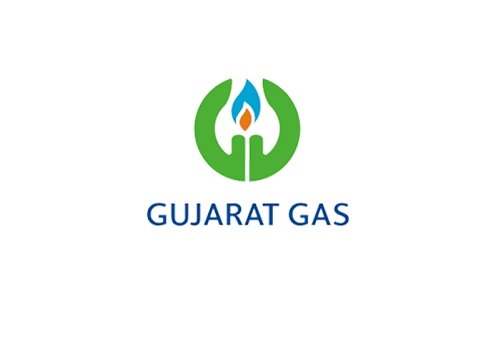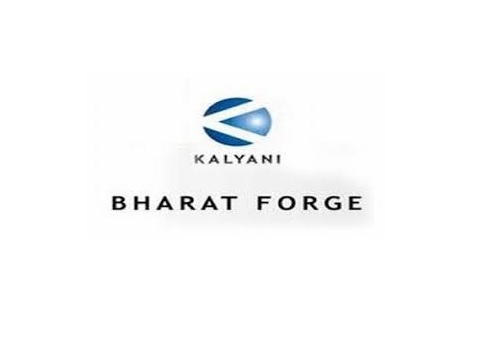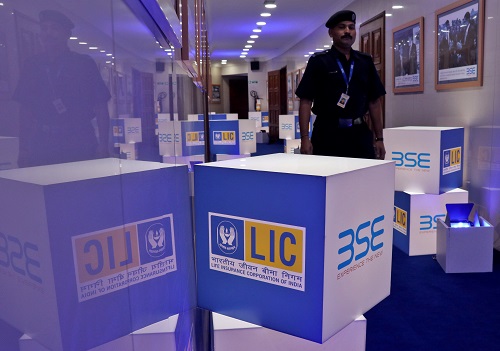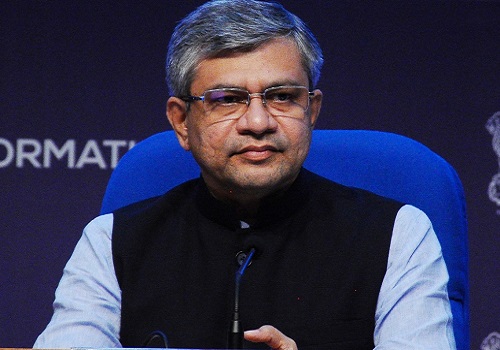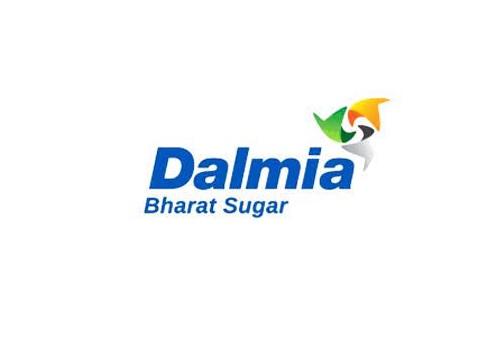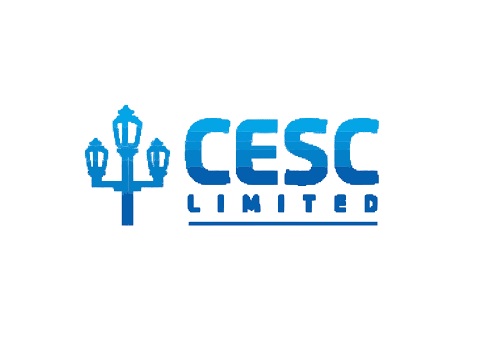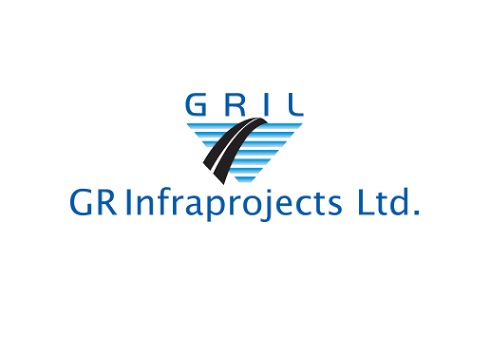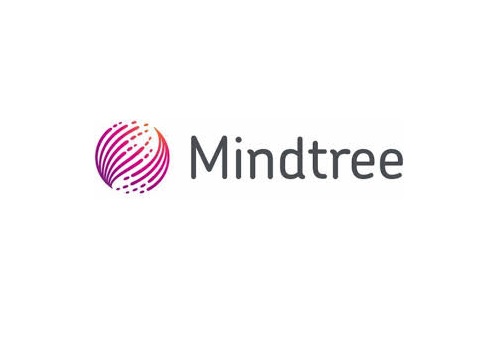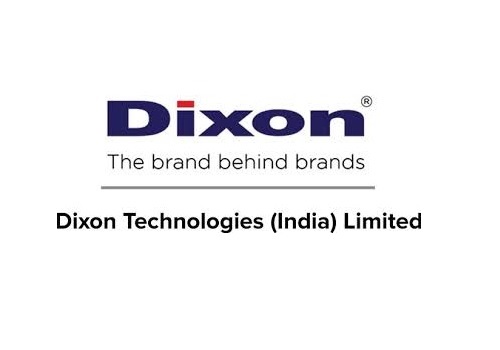Buy SRF Ltd For Target Rs.2,765 - JM Financial Institutional Securities
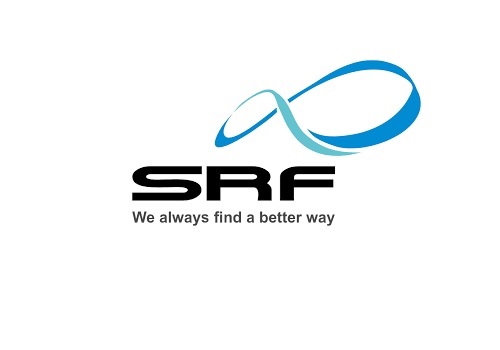
Follow us Now on Telegram ! Get daily 10 - 12 important updates on Business, Finance and Investment. Join our Telegram Channel
Most of the investors seem to be worried about a) the future of HFCs; and b) sustainability of the ref gas margin. We in this note highlight that i) demand for refrigerant gases produced by SRF (R-32, R-125, and R-134a) will only peak globally over CY30-37, ii) SRF’s investment decision in HFC-32 (in Jul’21) has been a strategic one, and iii) price premium for HFCs would continue to persist in the long run. Further, there have been recent news flows that the US government is evaluating to lift tariffs imposed on China, to curb inflation. This has grown concerns around price correction of HFCs resulting in margin correction for SRF. We believe it is highly unlikely that US will reverse this since a) refrigerant gases make up only ~1-2% of final equipment costs and b) no additional capacities can be put up in China for HFCs starting Jan’22 (click here) which means future incremental HFCs demand will have to be met by incremental supplies from India and several middle eastern countries. In an unlikely scenario if these tariffs are lifted, our EBIT assumptions could see ~6%9% cuts for FY23/24. In our view, the current market price is already pricing in the worst case scenario and overlooking the long term benefits for SRF for R-32 and its usage in HFO blends. We maintain BUY with an unchanged TP of INR 2,765/share (SOTP based).
Global HFCs demand to peak over CY30-37: We highlight that, despite the HFCs phasedown agreed as per Montreal protocol (followed by Kigali amendment, KA-2022), HFC-134a demand is likely to peak around CY30 while HFC-32 and HFC-125 is likely to peak around CY35-37, based on several industry estimates (refer Exhibit 1). There are several reasons leading to the demand increase of HFCs – a) recent push in the EU for heat pumps to replace oil and gas for space heating, b) demand in developing countries from replacement of HCFCs, and HFCs which are already in use, c) global shift towards interim low global warming potential (GWP) HFCs (such as HFC-32 and HFO blends with HFC-32 and HFC-134a) (refer Exhibit 2), and d) high lifetime of certain HFC-based products and equipment (refer Exhibit 3) resulting into high servicing and refilling demand over next few years.
Expansion of HFC-32 a strategically beneficial decision: In Jul’19, to promote the use of HFC32, Daikin has allowed worldwide free access to the pledged patents filed after 2011 (refer Exhibit 4). Moreover, with its GWP of 675, HFC-32 meets the Montreal protocol norms for GWP less or equal to than 750 from 2025 on (in the developed countries) in single-split air conditioning units. Hence, with no possibility of capacity addition in China starting Jan’22 (except where environment impact assessment has already been done) (click here), we believe SRF’s decision of capacity expansion of HFC-32 (at a capex of INR 5.5bn, to be operational in Jul’23) is likely to reap the benefits over more than 10 years since HFC-32 demand will peak only in CY35-37.
Price premium for HFCs would continue in the long run: Since the beginning of HFCs phase down in EU from 2016 (starting of actual cuts), EU’s production of HFCs has almost halved in CY19 (refer Exhibit 5). Hence, in CY17 prices of HFCs became almost ~10x of CY14 levels. Although the prices of HFCs have corrected since then, they were still ~2.5-3x (of CY14 levels) in CY20 (refer Exhibit 6). This is despite the fact EU’s major HFC imports are from
To Read Complete Report & Disclaimer Click Here
Please refer disclaimer at https://www.jmfl.com/disclaimer
SEBI Registration Number is INM000010361
Above views are of the author and not of the website kindly read disclaimer
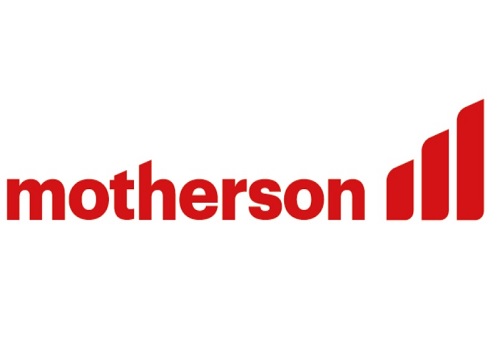
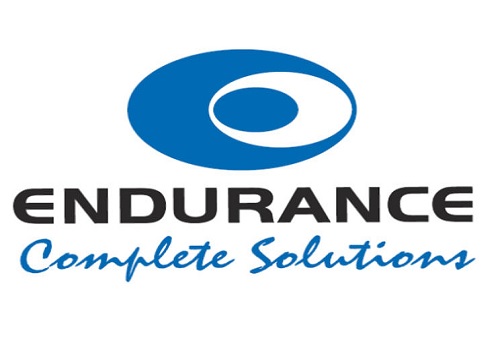
.jpg)
